
The Sports Show, a new exhibition at the School of Visual Arts opening on Aug. 22 and curated by graphic designer Todd Radom with Jane Nuzzo, brings together the work of 32 alumni – prominent photographers and artists – who have explored the theme of sports in recent years.
There’s little doubt that Henri Cartier-Bresson’s concept of the “decisive moment” – a picture masterly composed to seize the essence of an impromptu event – perfectly suits the genre of sports photography. A batter staring down a 95-mph pitch; fans bursting with joy as their team scores the winning point; the exhausted elation of a runner crossing the finish line – all must be caught in a fraction of a second. Still, this decisive moment reveals itself in myriad ways to different sports photographers.
For Marc Levine, it involves expertly balancing practical skills with knowledge of the game. “Being a sport photographer [is] not just knowing the technical part of photography but knowing the sport that you’re taking pictures of so that you can be ready for a certain situation that might happen,” he explains. With an outstanding career that spans four decades including 27 years as chief photographer for the New York Mets, Levine has mastered the art of peering beyond the ordinary routine of the game, creating a narrative around the event that brings the sport to life. An umpire’s hands rubbing the mud from the ball; the black silhouette of a pitcher making a throw; a patch of grass trampled by cleats – these are the sorts of moments he seeks. “It is all the elements that make up what’s going into a game,” he says.
The broader story is conveyed through a wide-angle view of a jubilating stadium, the fans’ perspective caught from the bleachers, or simply the abundance of small details: “Hats, bats, gloves, baseballs, the cleats that the players wear. These are all things that probably the average person doesn’t really get a chance to see up close, so I have tried over the years to convey to the fans about what the tools of the game look like.”
Part of his sensibility was cultivated during his years at SVA, which Levine attended despite an already successful career as a young photographer. “SVA didn’t specifically have a sports photography program, so what I was trying to do was to take all the other elements of it – portrait photography, outdoor photography, street photography, journalistic photography, and photojournalism – and take all of those things and try to incorporate that in sports.”
Instead of a traditional approach, some photographers pursue the decisive moment in an event’s anticlimax, when the most anticipated action fades away. That is the idea at the heart of Amy Elkins’ Elegant Violence, a series of delicate, painting-like portraits of Ivy Leagues’ rugby players caught in the aftermath of a savage game. “I wanted to show the little nuances of things in their body language that could only show up after they had played such a physical sport,” Elkins says about her peculiar approach.
Further exploring the theme of masculinity that she first tackled in Wallflower, a work she started in 2006 while studying at SVA, Elkins investigates the contrast between an aggressive practice and the defenselessness that emerges, as these well-educated students unleashed their primitive instincts. Caught in the moment right after the match, the athletes’ bodies still warm from the physical contact, their shirts dirty with dust, sweat and blood, these images offer a glimpse into human vulnerability, that anticlimax moment Elkins aims to grasp. “In Elegant Violence, I was looking for this hyper-masculinity, this confidence and cockiness, but what came through was this vulnerability,” she says. “If you look for it, there’s this vulnerability that exists in everyone. And that’s what I keep digging. I keep looking to find some answer to what draws people towards wanting to play an aggressive sport. But the answer is not that easy to find.”
That decisive moment that tells the story is not easy to find even for an experienced photographer such as Michael Halsband. By the time he photographed Andy Warhol and Jean-Michel Basquiat dressed as boxers for their exhibit’s poster in 1985, Halsband was already well known for his portrait of the visionary German countertenor Klaus Nomi and as the official photographer of the Rolling Stones’ 1981-82 Tattoo You North American tour.
Still, he felt compelled by the time constraint as the artists posed in his studio. “Things are happening and I am still thinking in myself, ‘Where is the decisive moment, where is the moment that is gonna tell the whole story or give the peak, the feeling I am trying to capture, the emotion or the action?’”
Even in a controlled environment such as the Manhattan studio that Halsband has used since his SVA years, that decisive moment had to be sought out and captured within the signature black frame of his camera. “There is always an extra challenge in addition to getting great moments, to make [a photograph] really perfectly on camera, compositionally perfect, focus perfect, moment perfect,” he says.
A year later, when photographing the champion water skier Sammy Duvall in Windermere, Fla., for Interview magazine, Halsband felt that same intimate urgency. “I knew that moment, but I couldn’t get to it,” he recalls. As he stood on the towboat, his big medium-format camera secured to the pole that held the rope, Halsband sinuously followed Duvall’s movements, waiting for the right time, “a split second,” when the athlete was fully extended before the turn. “There is this one moment when there is nothing, no pressure, he is just holding and waiting for the ski to come around and pull in. It got all this power and speed, but it is a moment, a very strange moment,” Halsband says. It is the ultimate moment of concentration, an instant in the middle of everything when time frozen, he continues. And the photographer’s eyes are constanly tracking that energy’s flow. “In the fast pace of the action, following the water skier and his rope, the photographer has to find that dynamic and prospective that is going to get deep into that energy—and it is a matter of a moment.”
The Sports Show, an exhibition of sports-related art, photography and design organized by the School of Visual Arts Alumni Society, will be on view at the School of Visual Arts Chelsea Gallery, New York, from Aug. 22 to Sept. 19.
Lucia De Stefani is a writer and contributor to TIME LigthBox. Follow her on Twitter and Instagram.

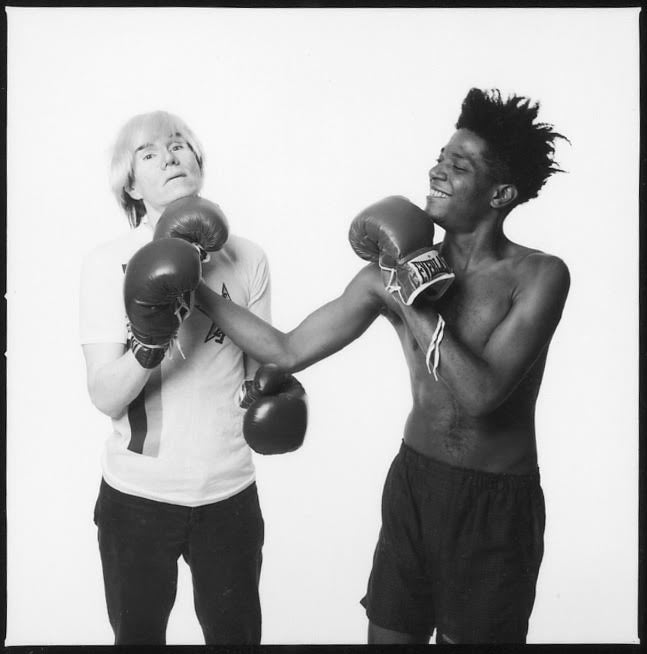


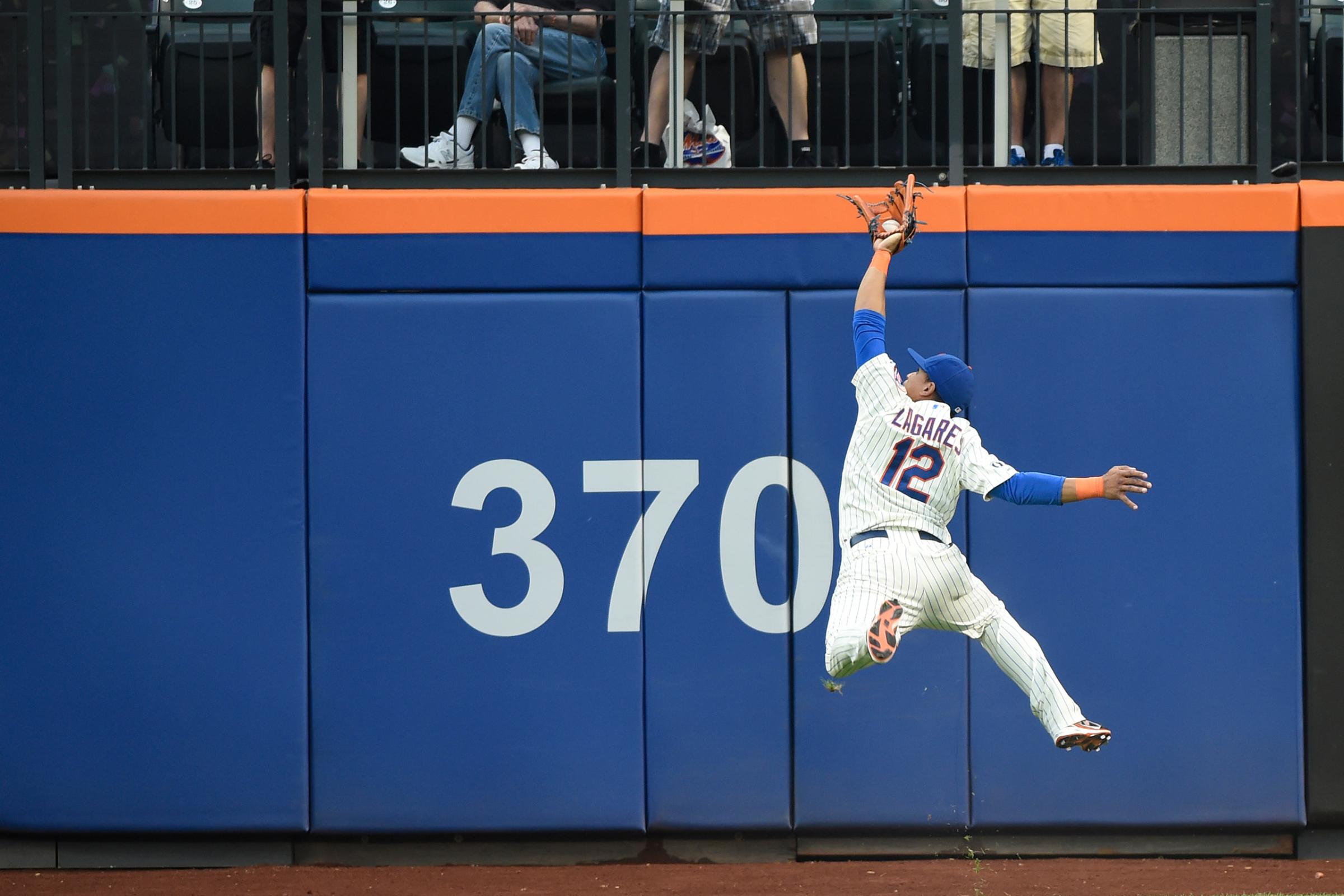
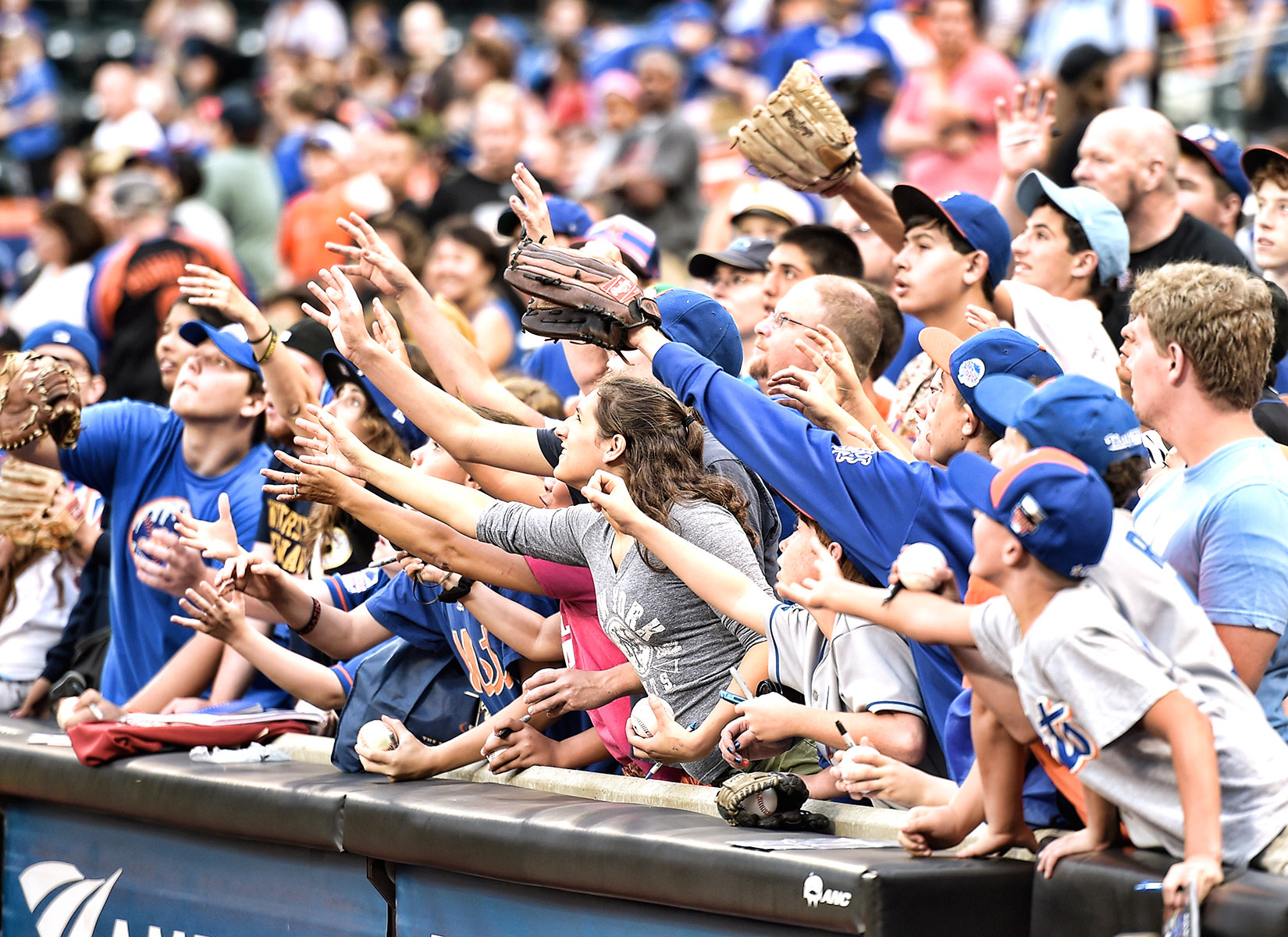



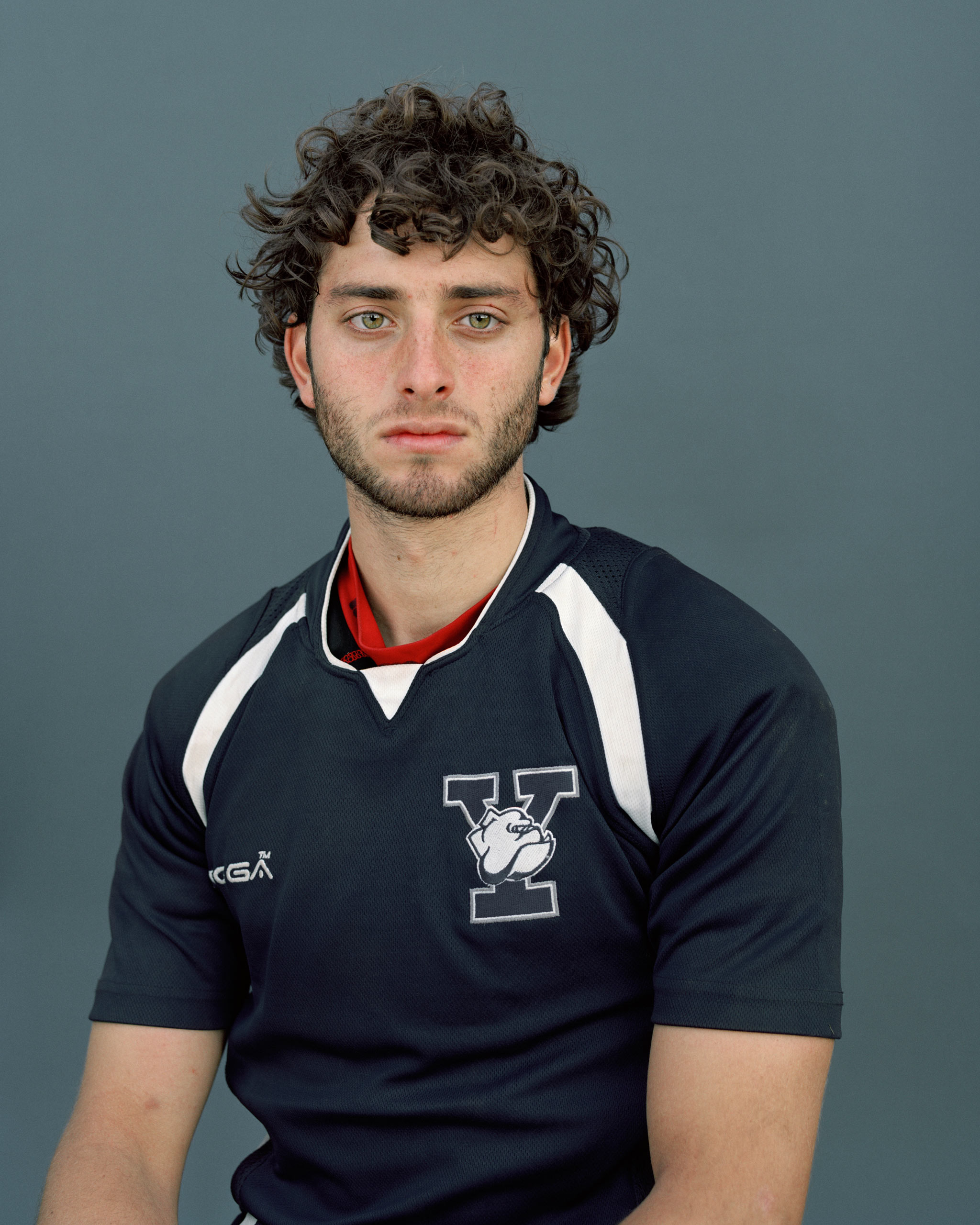
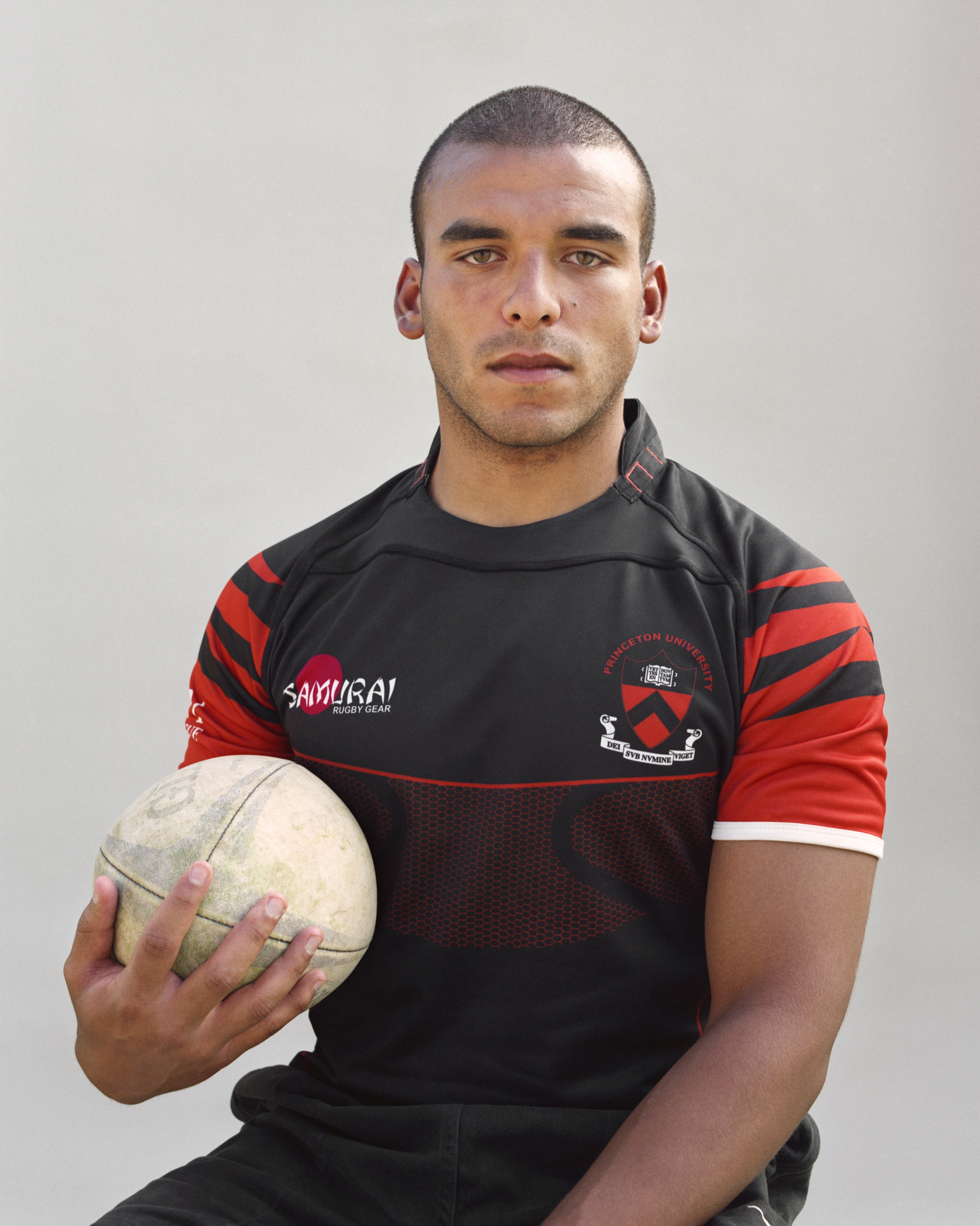

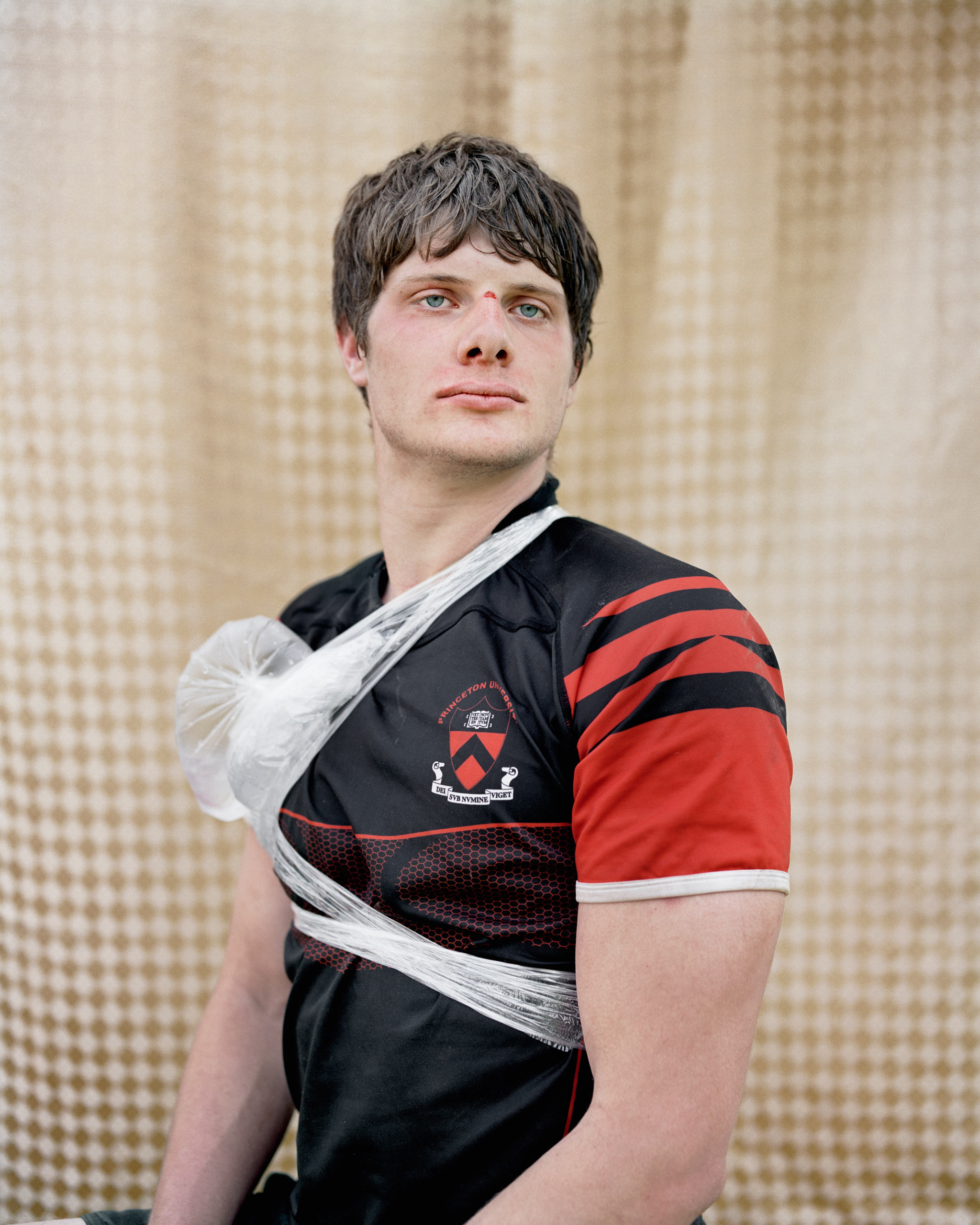

More Must-Reads from TIME
- Cybersecurity Experts Are Sounding the Alarm on DOGE
- Meet the 2025 Women of the Year
- The Harsh Truth About Disability Inclusion
- Why Do More Young Adults Have Cancer?
- Colman Domingo Leads With Radical Love
- How to Get Better at Doing Things Alone
- Michelle Zauner Stares Down the Darkness
Contact us at letters@time.com